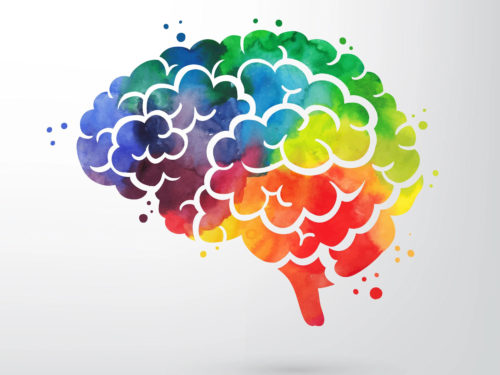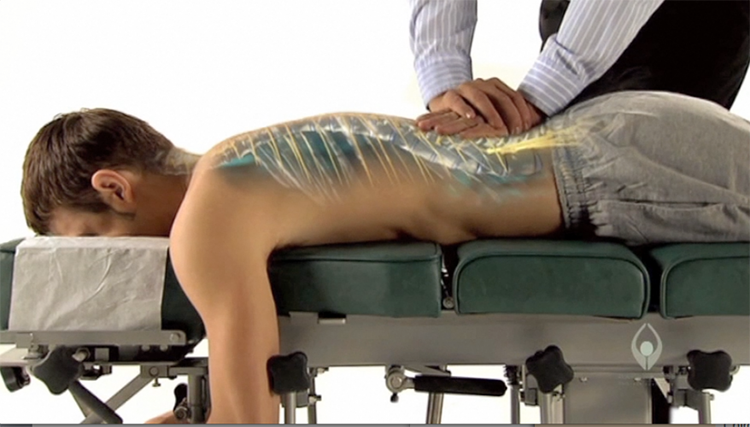Massage therapy has become increasingly popular during recent times. Massage therapy sessions are not only a good way to unwind and relax, but can also be a form of complementary therapy for people with a wide range of conditions, especially musculoskeletal ones.
What is Massage Therapy?
Massage therapy is massage carried out by a qualified practitioner. Massage therapists use a number of different massage techniques.
Many of the different message techniques used by massage therapists have very long histories. Examples of popular types of massage include:
- Myofascial trigger point therapy: The focus of this type of massage is specific trigger points. Trigger points are areas that are linked to pain located in other parts of the body, and that cause pain or discomfort when pressed.
- Sports massage: Aspects of both deep tissue massage and Swedish massage are used in sports massage. The goal of sports massage is to address chronic muscle tension.
- Swedish massage: Swedish massage methods involve techniques such as tapping, vibration, deep circular movements, long strokes, and kneading.
- Chinese massage: In Chinese massage, acupuncture’s meridian system is used to determine the points of focus. Both soft tissue manipulation and rhythmic strokes are used in this type of massage.
- Hot stone massage: In hot stone massage, Swedish massage techniques are used first. After that, water is used to heat special, sanitised stones. The stones are then expertly positioned on various points of the spine or whatever part of the body on which the massage therapist is focussing. New hot stones are put on the skin as each of the originals cool. It is possible that hot stone massage is helpful to help clear the lymphatic system, boost blood flow, and reduce discomfort, pain, and inflammation in the muscles.
Who Can Massage Therapy Help?
Clearly, massage therapy can be extremely useful in helping one relax, and relaxation is known to aid in reducing anxiety and thus perhaps supporting good health over the long-term. In addition to this, however, massage therapy sessions as a complementary therapy may directly help to alleviate the symptoms of various musculoskeletal problems.

The National Center for Complementary and Integrative Health in the United States did a study in 2008 that indicated that consistent massage therapy can be helpful in addressing pain in the lower back. In 2009, a study done by the same organisation indicated that series of sessions of massage therapy might also help with neck pain, as well. Massage therapy can also be useful for people with fibromyalgia. It is possible that headaches might be another problem that massage therapy might be helpful in dealing with.
Should You Arrange for Massage Therapy?
It is important that if you have, or have ever had, any serious illnesses or other medical issues that you make sure with your doctor that massage therapy would be safe for you. It would also be best to find a massage therapist who has experience working with clients with a similar medical history.
Ask your doctor for recommendations as to specific massage therapy practitioners, or look for massage therapists who are registered with some of the massage therapy professional organisations in the United Kingdom. Make sure that the massage therapist you find has the licensing (If any) required to practice in your part of the country.



